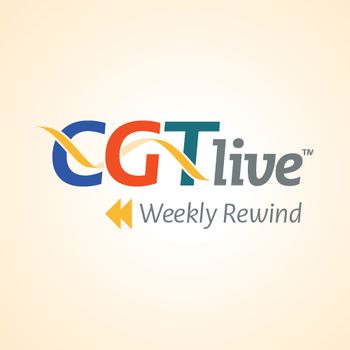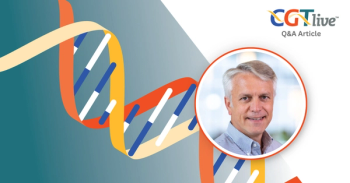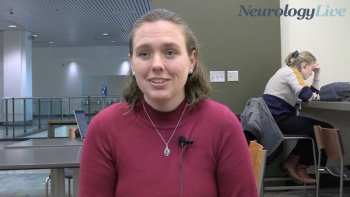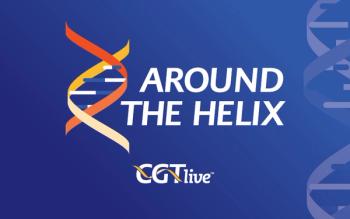
Jessica S. Little, MD, on the Risk of Fungal Infection in Patients Receiving HSCT and CAR-T
The transplant infectious diseases physician at Dana-Farber Cancer Institute discussed a case study she presented at the 2024 Tandem Meetings.
“In general, I think we're seeing rising rates of mold infections and breakthrough infections in our transplant population. I think that's an important area to continue to investigate about... I think that antifungal stewardship is going to be a big area of future research, especially as we see more of these resistant-refractory fungal infections.”
Fusarium infection is a rare form of mold infection associated with high morbidity and mortality. It is most commonly seen in some immunocompromised patients who have received allogeneic hematopoietic stem cell transplant (HSCT) for the treatment of acute myeloid leukemia (AML) or other acute leukemias. These patients are left especially vulnerable to infections due to the intense immunosuppression regimens they undergo to prevent graft versus host disease. Unfortunately, effective treatment options for fusarium infection have not been established, as no clinical trials have yet demonstrated benefit for the treatment regimens that are currently used to treat these infections. Although, it has been observed that the recovery of patients with fusarium infection correlates with the recovery of their own immune system.
Jessica S. Little, MD, a transplant infectious diseases physician at Dana-Farber Cancer Institute, recently presented a case study of a patient who experienced fusarium infection after having received a matched unrelated donor transplant with posttransplantation cyclophosphamide (PTCy) at
REFERENCES
1. Little JS. Challenging cases in HCT and cellular therapy. Presented at: 2024 Tandem Meetings, February 21-24, San Antonio, Texas.
Newsletter
Stay at the forefront of cutting-edge science with CGT—your direct line to expert insights, breakthrough data, and real-time coverage of the latest advancements in cell and gene therapy.




































